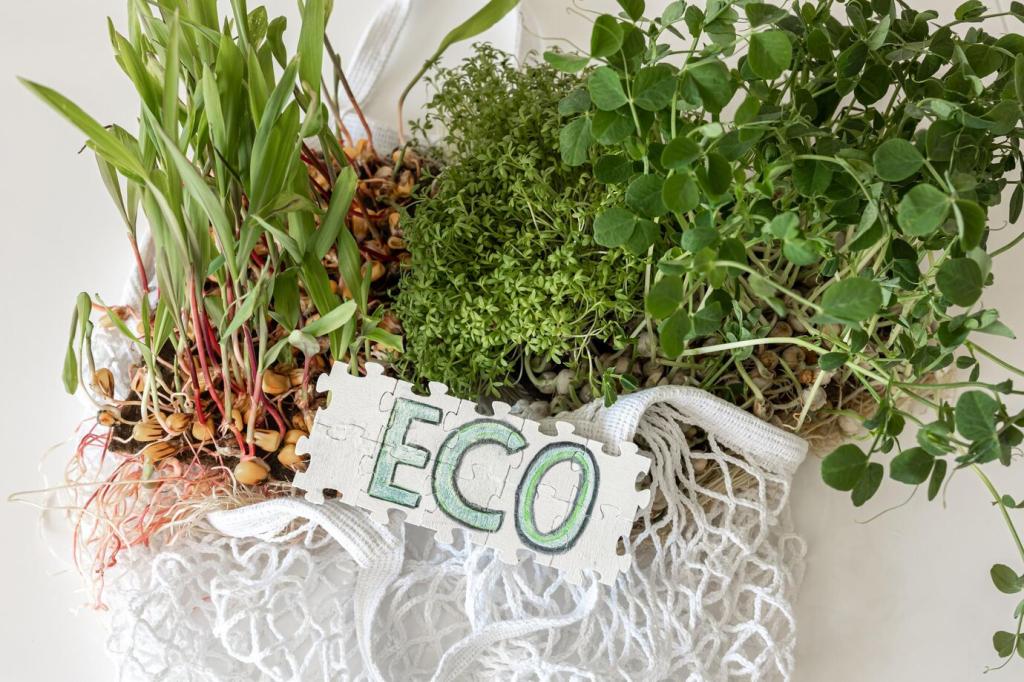Maintenance, Troubleshooting, and Seasonal Prep
Walk the roofline, clear gutters, test valves, and inspect for leaks or UV damage. Spin the spigot to prevent sticking. Subscribe for our printable checklist, and tell us what you added, removed, or improved so we can refine it for different climates.
Maintenance, Troubleshooting, and Seasonal Prep
In cold regions, drain exposed lines, insulate pipes, and leave room for ice expansion. In hot climates, shade tanks and consider light-colored surfaces to reduce heat gain. Both extremes stress materials, so tighten fittings each season and monitor seals after the first big storm.






